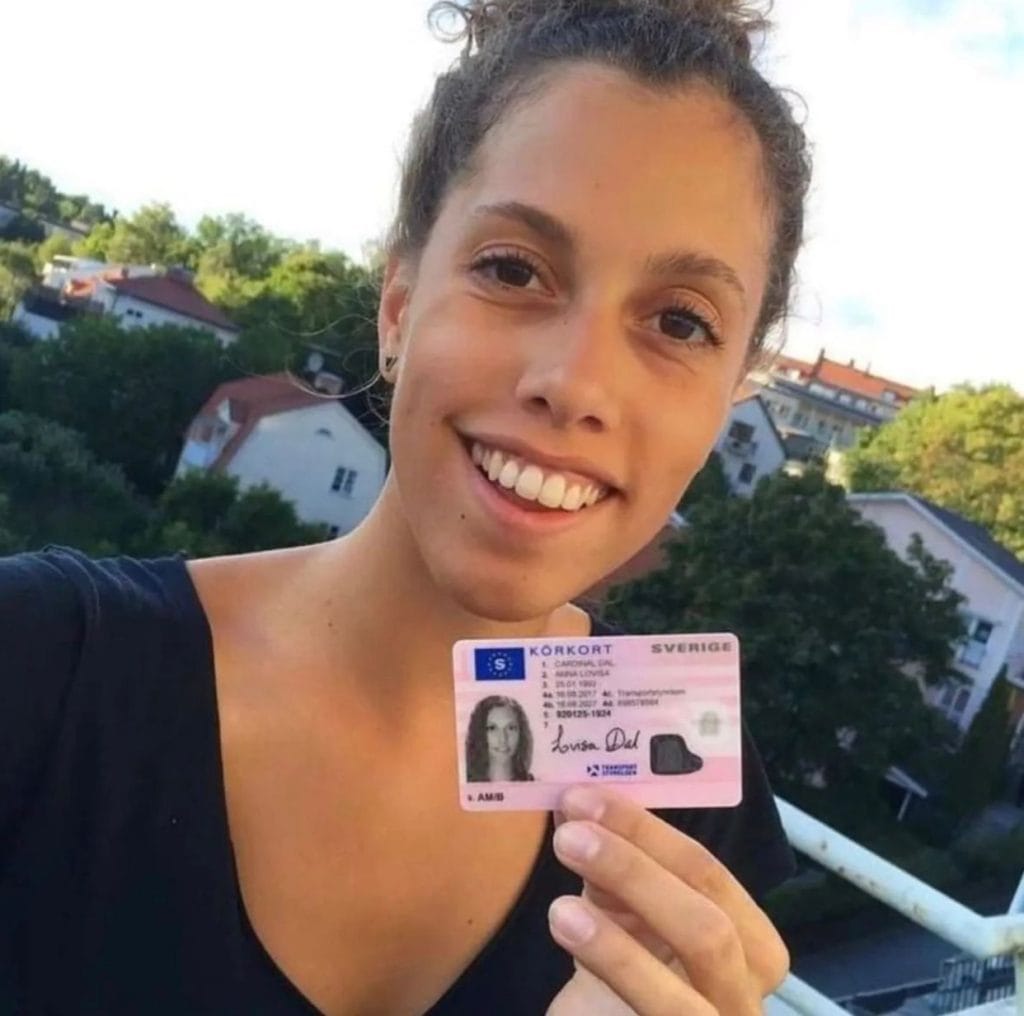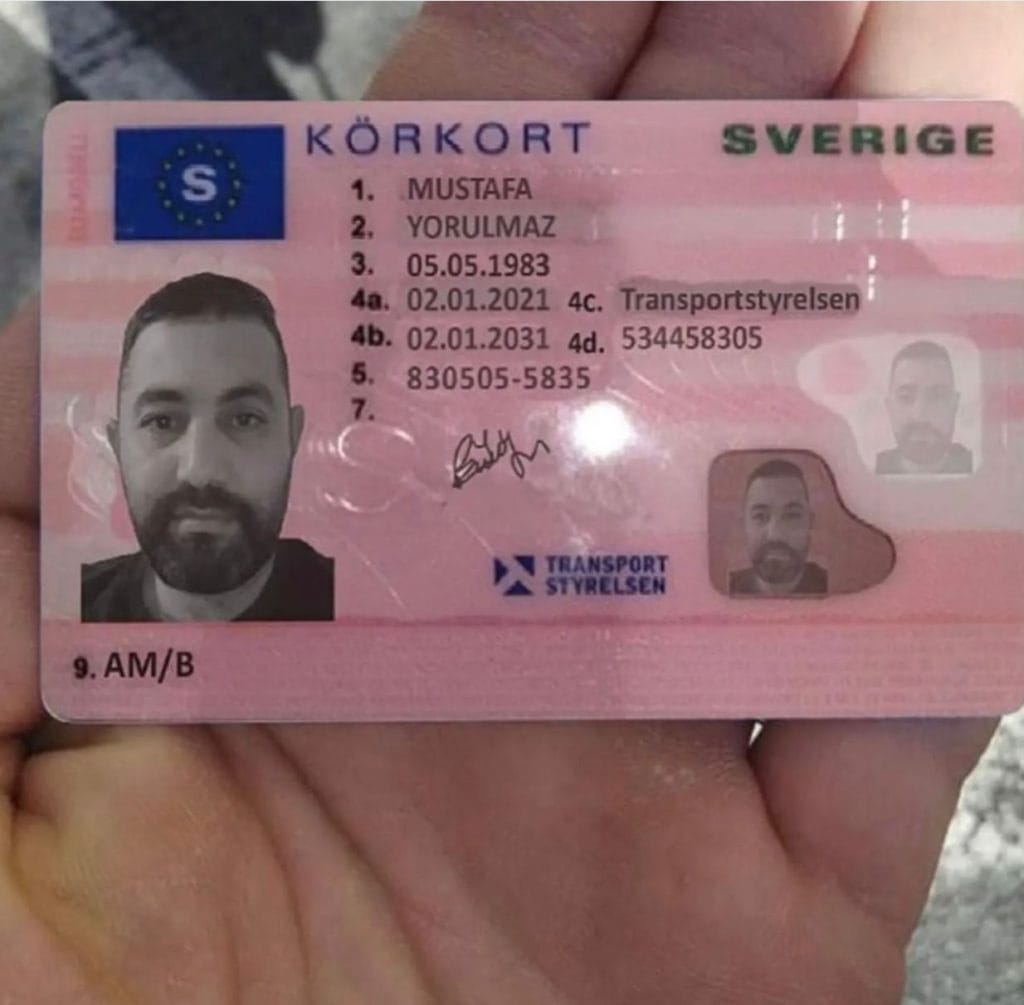Adam님의 문의내용입니다.
-
작성자Adam
-
조회수5회
-
등록일25-07-05 17:16
성함
Adam
연락처
이메일
유입경로
인스타그램 인스타그램
주소
평형
공사시기
공간유형
상업공간
공사예산
4,000~5,000
문의내용
The Comprehensive Guide to Legally Obtaining a Driving License
Driving is a basic ability for numerous, offering the freedom to travel where and when you want, frequently making life easier and pleasurable. Nevertheless, getting a driving license is a procedure that needs understanding, persistence, and adherence to legal treatments. This guide intends to supply a comprehensive overview of the steps one should follow to legally get a driving license, highlighting essential factors to consider and frequently asked concerns to make sure a smooth and hassle-free experience.
Understanding the Basics
Before diving into the application process, it's important to understand the basic requirements and types of driving licenses available. Driving laws differ considerably from nation to country, and even within different states or provinces within the exact same country. Usually, there are a number of types of driving licenses, consisting of:
- Learner's Permit: This is often the primary step at the same time, permitting new chauffeurs to acquire experience under guidance.
- Provisionary License: Issued after passing a standard driving test, this license usually comes with restrictions and is a stepping stone to a full license.
- Complete Driver's License: Once all the required requirements are met, motorists can get a complete license, which uses complete driving opportunities.
- Industrial Driver's License (CDL): Required for those who want to operate commercial vehicles, such as trucks or buses.
Actions to Obtain a Driving License
1. Research Local Driving Laws
The first action in getting a driving license is to investigate the particular requirements in your location. Check out the main site of your local Department of Motor Vehicles (DMV) or equivalent agency to discover in-depth information about the licensing process, consisting of age restrictions, needed files, and charges.
2. Prepare Required Documentation
Each jurisdiction has its own set of files that need to be sent to look for a driving license. Frequently required documents include:
- Proof of Identity: A passport, birth certificate, or state-issued ID.
- Proof of Residency: Utility expenses, lease contracts, or other official files that confirm your address.
- Social Security Number (if relevant): In some nations, a social security number or equivalent is needed for identification.
- Vision Test Results: Some places require a vision test before issuing a learner's authorization or license.
3. Take a Driver's Education Course
Numerous states and nations need new motorists to complete a driver's education course. These courses are created to teach the rules of the road, traffic laws, and safe driving practices. They can be completed Lagligt körkort online (https://litpages.com/) or in a classroom setting and often include both theoretical and useful components.
4. Look for a Learner's Permit
When the needed paperwork is prepared and the driver's education course is finished, the next action is to use for a learner's permit. This typically includes visiting the DMV or submitting an application online. You will likewise require to pass a written test that covers traffic laws and driving understanding.

5. Practice Driving
With a student's permit, you can begin practicing driving under the guidance of a licensed grownup. This is a vital action in building your confidence and skills behind the wheel. It's likewise important to get experience in different driving conditions, such as night driving, highway driving, and driving in inclement weather condition.
6. Arrange and Pass the Driving Test
After acquiring sufficient driving experience, you can schedule a driving test with the DMV. The test will evaluate your ability to securely operate a car and follow traffic laws. You will require to bring an appropriately registered and insured automobile to the test, and the examiner will assess your driving skills on an established path.
7. Look for a Provisional License
If you pass the driving test, you will normally get a provisional license. This license may come with limitations, such as a curfew or a limit on the variety of guests you can have in the lorry. These constraints are developed to minimize the risk of accidents and help new chauffeurs adjust to the road.
8. Update to a Full License
As soon as you have actually held a provisional license for the necessary duration and fulfilled any extra requirements, you can update to a complete driver's license. This procedure normally includes an easy application and may require a retest or additional documentation.
Tips for a Successful Application
- Start Early: Begin the process as quickly as you fulfill the age requirement to give yourself ample time to prepare.
- Stay Informed: Keep up-to-date with any modifications in driving laws or DMV treatments.
- Practice Regularly: Consistent practice is key to building confidence and improving your driving abilities.
- Stay Calm During the Test: Anxiety can impact your efficiency, so take deep breaths and stay focused.
- Follow DMV Instructions: Pay very close attention to the instructions offered by the DMV and the examiner throughout your test.
Frequently Asked Questions (FAQs)
Q: What is the minimum age to obtain a student's license?
A: The minimum age varies by jurisdiction. In the United States, it generally ranges from 15 to 16 years of ages. In the UK, the minimum age is 17. Inspect your local DMV website for particular information.
Q: Can I request a driver's license online?
A: Some jurisdictions enable you to complete parts of the application process online, such as submitting forms and scheduling tests. Nevertheless, you will normally need to visit a DMV workplace in individual to send required files and take the driving test.
Q: What happens if I stop working the driving test?
A: If you fail the driving test, you can usually retake it after a certain duration. This period differs by place, however it is often a few weeks. It's a great concept to practice more before retaking the test to improve your possibilities of success.
Q: Can I drive alone with a student's authorization?
A: No, a student's authorization normally requires you to be accompanied by a certified adult, generally over 21 years of ages, who is seated in the front passenger seat.
Q: Is a vision test needed to get a driving license?
A: Yes, most jurisdictions need a vision test to ensure that you can safely run an automobile. You can typically take this test at the DMV or with an authorized eye doctor.
Q: How long does it require to get a full driver's license?
A: The time needed to obtain a complete driver's license varies depending upon your jurisdiction and the particular actions involved. Usually, it can take several months, consisting of the time required to complete a driver's education course, hold a learner's authorization, and pass the driving test.
Q: Can I utilize a provisionary license to drive for work?
A: It depends on the restrictions put on your provisional license. Some provisional licenses permit you to drive for work, while others may have specific constraints. Inspect your license for information or get in touch with the DMV for information.
Q: What is the difference between a student's license and a provisional license?
A: A student's authorization is the first phase of the licensing procedure and enables you to drive just under guidance. A provisionary license, on the other hand, grants you more driving opportunities however may still have some limitations, such as a curfew or guest limitations.
Q: Can I use for a business driver's license (CDL) without a complete driver's license?
A: No, you usually need a full driver's license before requesting a CDL. A CDL is a specialized license that requires additional training and testing, and it is just issued to those who have demonstrated the ability to safely run a basic vehicle.
Q: What should I do if I lose my driving license?
A: If you lose your driving license, you need to report it to the DMV and make an application for a replacement. You may require to supply proof of identity and pay a fee. It's also an excellent concept to alert your insurance provider and any other relevant celebrations.
Getting a driving license is a significant turning point that opens up new opportunities and increases self-reliance. By following the steps outlined in this guide and staying notified about local laws and requirements, you can guarantee a smoother and more successful licensing procedure. Bear in mind that driving is a serious obligation, and making the effort to find out and practice is vital for your security and the security of others on the roadway.




